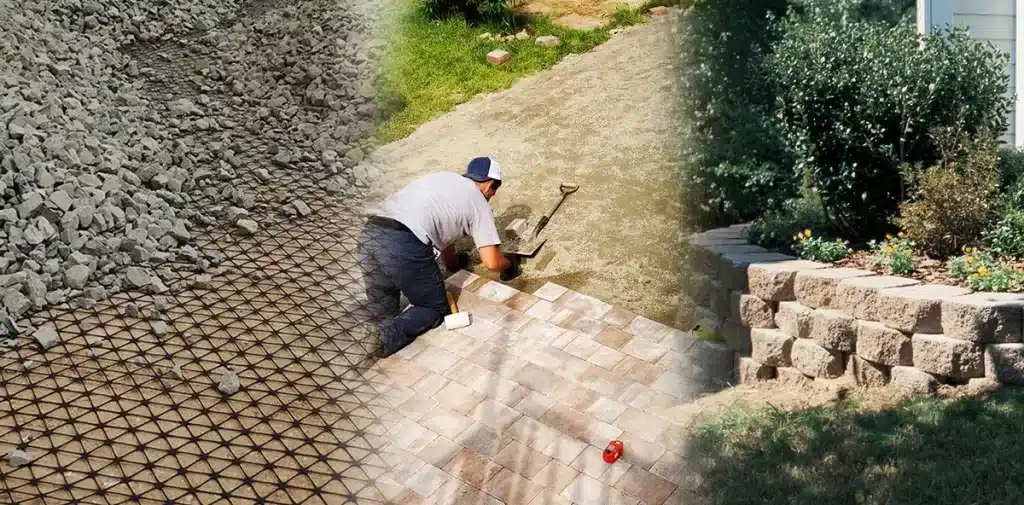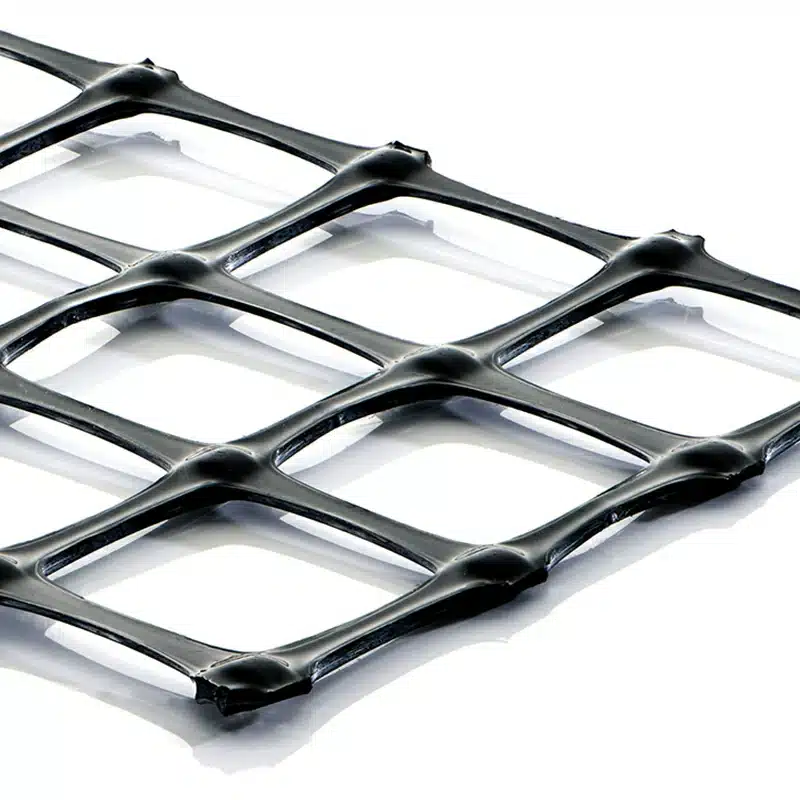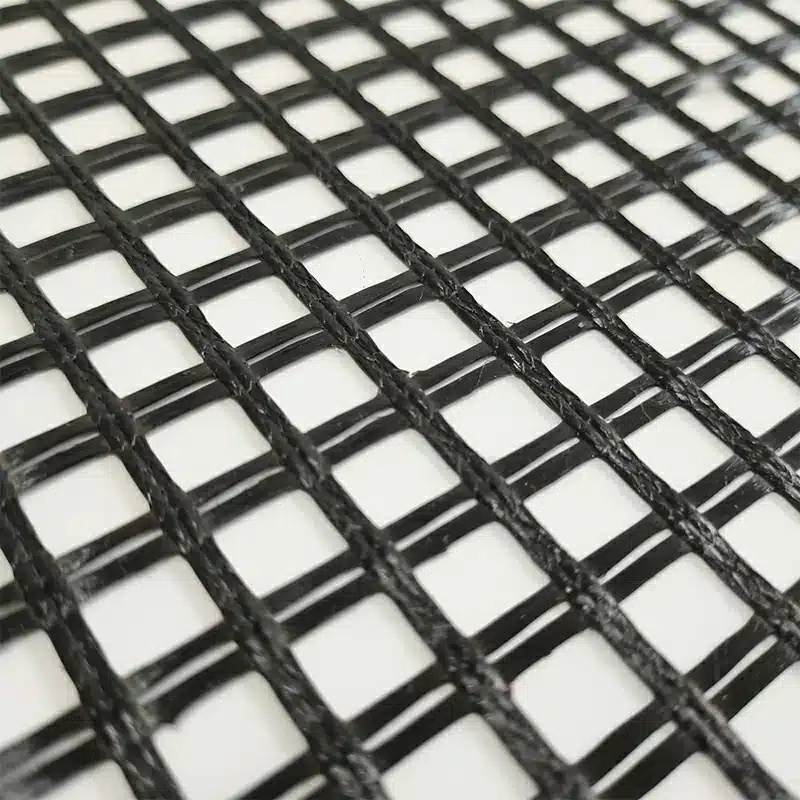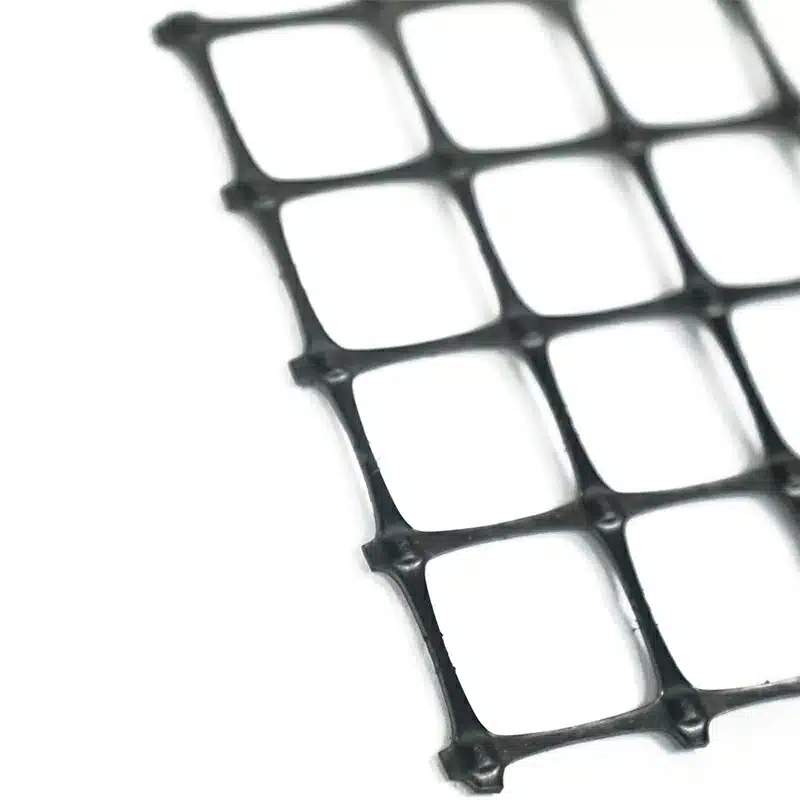Geogrid backfill reinforcement stands as a cornerstone in fortifying structures across diverse construction projects. By integrating geogrids within backfill materials, construction endeavors experience a transformative enhancement in structural stability and durability. This innovative reinforcement technique effectively redistributes loads, curtails settlement risks, and mitigates the impact of lateral pressures. Whether in the realm of retaining walls, bridge abutments, or other vital infrastructure, geogrid backfill reinforcement proves instrumental in fortifying against potential structural vulnerabilities. Discover how this advanced methodology secures longevity and elevates the resilience of construction projects, ensuring enduring stability and performance.

Are geogrids used for reinforcement?
Yes, geogrids are extensively used for reinforcement in civil engineering and geotechnical applications. These geosynthetic materials are specifically designed to improve the structural performance of soil by providing tensile strength and distributing loads more evenly. Geogrids are commonly applied in retaining walls, roadways, slopes, embankments, and foundation systems. In these settings, they enhance load-bearing capacity, reduce differential settlement, and improve overall stability. Their open-grid structure allows for effective interaction with surrounding soil or aggregate, creating a composite system that resists deformation under load. Depending on the project requirements, uniaxial, biaxial, or triaxial geogrids may be selected to address specific directional stresses. In essence, geogrids serve as a reliable, cost-effective reinforcement solution that strengthens soil structures and extends infrastructure lifespan.
How does geogrid reinforcement affect the backfill of integral bridge abutments?
Geogrid reinforcement significantly enhances the performance of backfill in integral bridge abutments by improving stability, reducing settlement, and minimizing lateral earth pressures. Here’s a detailed breakdown of its effects:
- Improved Stability: Geogrids provide tensile strength to the soil, which enhances the overall stability of the backfill. This reinforcement helps distribute loads more evenly, reducing the risk of differential settlement and potential failure of the abutment.
- Reduced Settlement: The Settlement of backfill can be a major issue for integral bridge abutments. Geogrid reinforcement helps in reducing both immediate and long-term settlement by increasing the stiffness and load-bearing capacity of the soil. This results in a more uniform and stable backfill, which is crucial for maintaining the integrity of the bridge structure.
- Minimized Lateral Earth Pressures: Geogrids help in reducing lateral earth pressures exerted on the abutment walls. By reinforcing the soil, geogrids limit the lateral movement of the backfill, which in turn decreases the pressure acting on the abutment. This reduction in lateral pressure can lead to a more economical design of the abutment walls, potentially reducing the need for extensive structural support.
Practical Considerations:
When incorporating geogrids into the backfill design of integral bridge abutments, several factors should be considered:
- Type and properties of the geogrid: Different geogrids have varying tensile strengths and aperture sizes, which should be chosen based on the specific project requirements.
- Installation method: Proper installation techniques are crucial to ensure the geogrid functions as intended. This includes correct placement, anchoring, and overlap of geogrid layers.
- Soil type: The interaction between the geogrid and the backfill material is essential. Compatibility with the type of soil being used for backfill is necessary for optimal performance.
In summary, geogrid reinforcement offers numerous benefits for the backfill of integral bridge abutments, including improved stability, reduced settlement, minimized lateral earth pressures, enhanced load distribution, prevention of soil erosion, construction efficiency, and long-term durability. These advantages make geogrid-reinforced backfills a valuable solution in modern bridge construction and design.
Do all retaining walls need geogrid?
Not necessarily. The need for geogrid reinforcement in a retaining wall depends on several factors such as the height of the wall, the soil conditions, the type of material used for the wall, and the expected loads it will bear.
For shorter retaining walls (typically under 4 feet), geogrid reinforcement might not be necessary if the soil conditions are stable and the wall is properly designed and constructed. However, for taller walls or walls built in unstable soil conditions, geogrid reinforcement is often recommended to provide additional stability and prevent potential failure.
In essence, while geogrid reinforcement can enhance the stability and durability of a retaining wall, its necessity depends on the specific circumstances of each project.

What are the problems with backfilling?
Backfilling, the process of replacing soil into a hole or trench after excavation, can present several challenges:
- Compaction: Proper compaction is crucial to prevent settling of the soil over time. Inadequate compaction can lead to uneven surfaces or even structural issues in the future.
- Drainage: Improper backfilling can disrupt natural drainage patterns, leading to water accumulation and potential erosion problems.
- Material Quality: The quality of the backfill material is essential. If the material used is of poor quality or contains debris, it can lead to instability or contamination issues.
- Settlement: Even with proper compaction, some settlement is inevitable. This can cause uneven surfaces or structural problems if not accounted for in the construction process.
Addressing these challenges requires careful planning, proper materials, and skilled execution to ensure the stability and longevity of the structure or area being backfilled.
In conclusion, integrating geogrid backfill reinforcement in structural projects offers a reliable solution to mitigate these problems, ensuring stability, longevity, and enhanced structural integrity.



Get Free Sample
We’ll respond as soon as possible(within 12 hours)






















